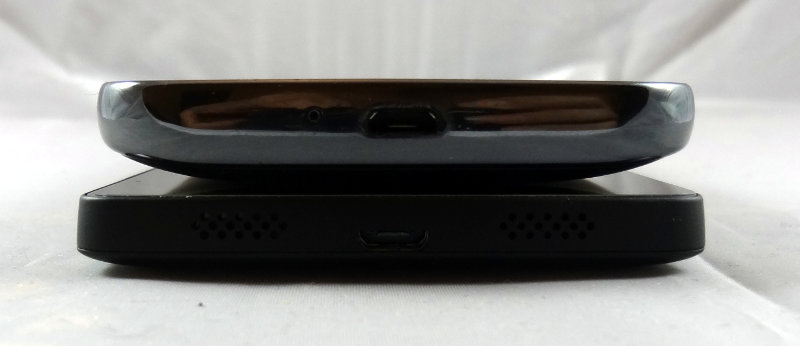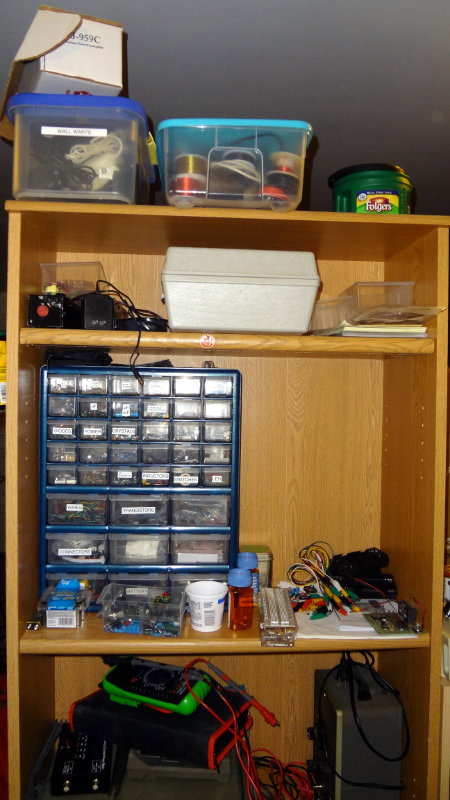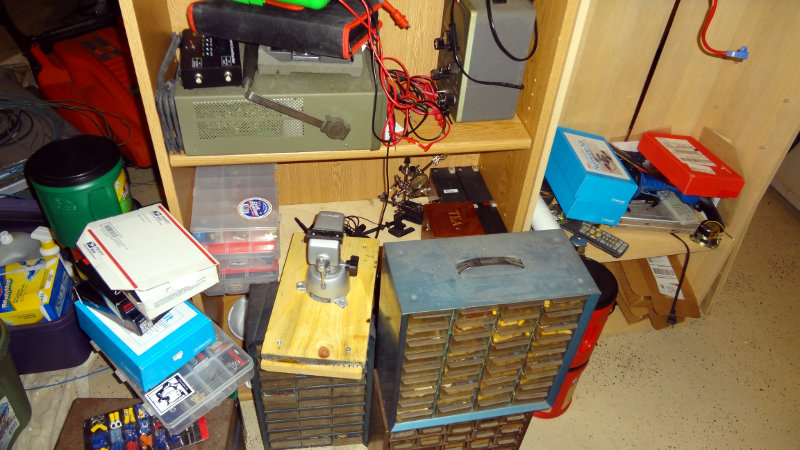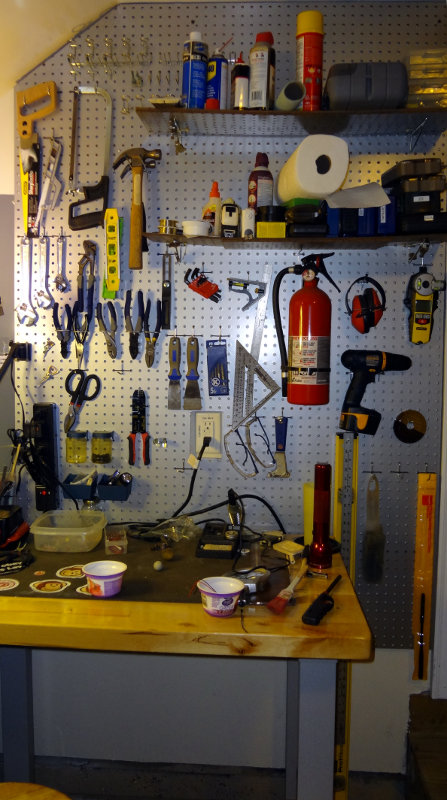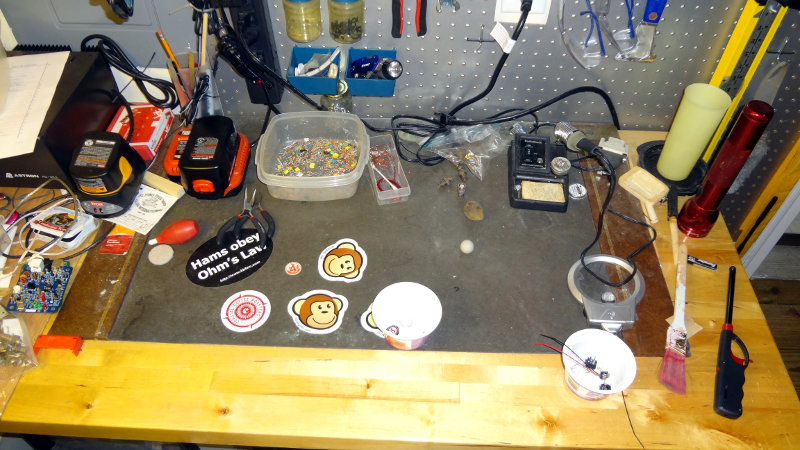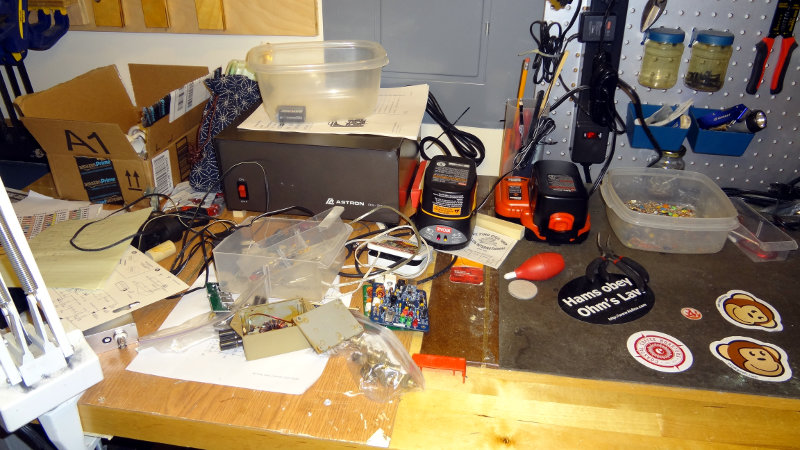After serving faithfully for the past ~2.5 years, my Galaxy S2 is being replaced with a Google Nexus 5 (16GB version).
Although the S2 is still working pretty well (especially after the Cyanogenmod upgrade), it’s starting to suffer from some hardware problems with the buttons. It’s already been sent in for one repair and probably not worth the time or cost to send in again.
We’re switching over to Ting mobile service (<- referral link), which was another reason for me to get the Nexus 5. Ting’s pricing model is appealing, which is the main reason for switching. Based on current usage, the cell phone bill can be cut by about half with Ting’s pricing.
There isn’t much that comes in the Nexus 5 box. The phone itself, wall wart and USB cable. Since I got it from Google, the SIM card was a separate acquisition.
When I first got the S2, it was a humungous phone, especially compared to the Cliq the S2 was replacing. The Nexus 5 is even longer than the S2, although fortunately the width is about the same as the S2.
The Nexus 5 is marginally thinner than the S2 and has a nice rubberized grippy back. I doubt I’ll notice it much after I put it into whatever case I’ll be getting for it.
So far the only thing I don’t like about the Nexus 5 is that the battery isn’t replaceable, which is something I like. It’s much easier to pop in a fresh battery than it is to find a place to plug in and wait for the phone to charge. Fortunately I have one of those big 15 Ah battery packs that I can use for charging USB devices. I’ll probably be carrying that with me more often now.
I think I’ll like this phone.

